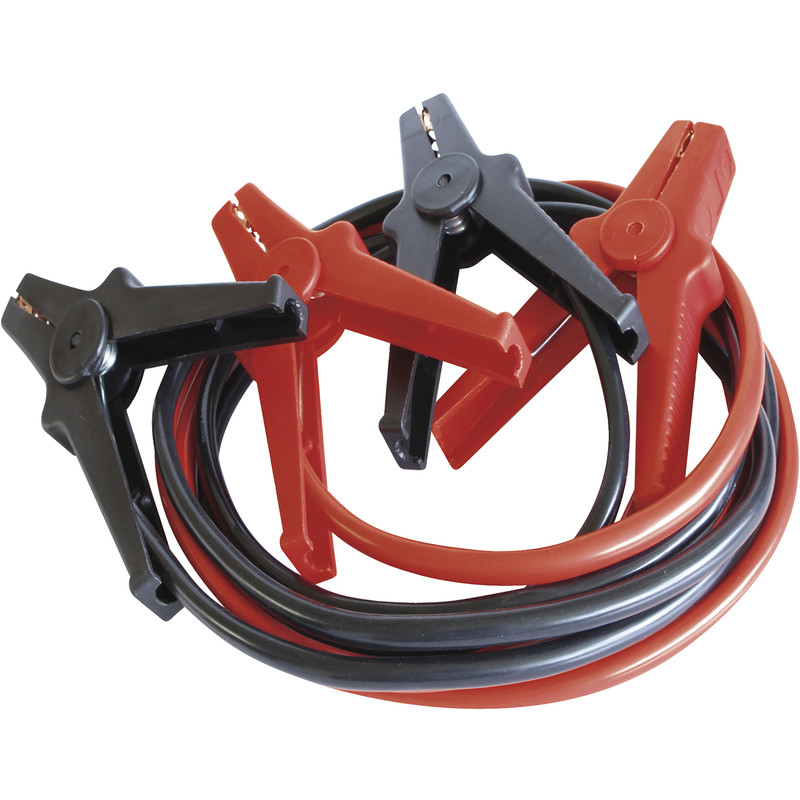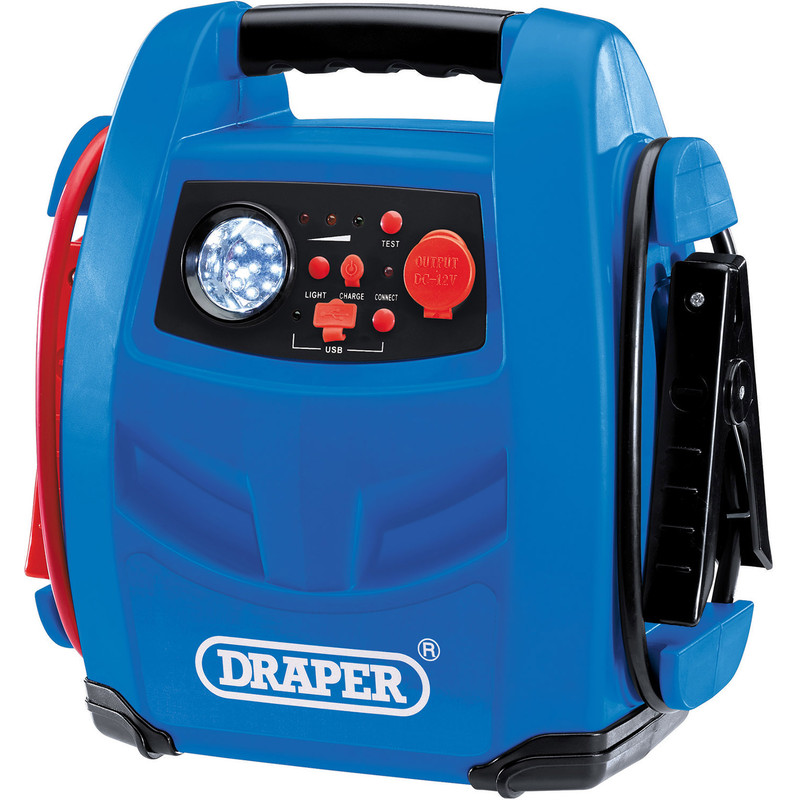Many things can contribute to a dead car battery. Maybe you've accidently left your car headlights on, taken frequent short trips, or left your car outside in extreme cold weather.
Whatever the reason, being able to jump start your car when the battery is flat can save you a lot of time and hassle. With the right tools and instructions you can get your car back on the road quickly and safely. Whether you're using a set of jump leads and a jump pack, or connecting to the battery of a working car, follow our step-by-step guide on how to jump start your car, helping you to get back on the road.
Essential Tools & Equipment
Before jump starting your vehicle you'll need to grab a few things. As well as jump leads and protective gloves, it's a good idea to refer to the owner's manual to help you locate the battery terminals.
Step 1: Check Your Car Battery & Jump Leads
- Before attempting to jump start your car it's really important to check the car battery and jump leads. If either is showing signs of damage, you should avoid jump starting your car and instead seek advice from a professional. If you're happy that the cables and battery are in good shape, then proceed to the next step.
Step 2: Get Both Cars Ready For Jump Starting
- If you're using another car for jump starting make sure it's parked close enough to your vehicle so that both car batteries can be reached with the jump leads.
- Alternatively, if you're using a jump pack keep this on hand ready for connecting the cables.
- Make sure the cars have their engines switched off, with car keys removed. Check that both vehicles are in neutral with the handbrakes applied.
Step 3: Open The Bonnets & Locate the Battery Terminals
- Locate and open the bonnets of both cars. The bonnet release can usually be found inside the car or on the front grill. If you have trouble finding it, check the owner's manual for guidance.
- Once you've lifted the car bonnets, locate the battery terminals ready for connecting the jump cables.
Step 4: Connect The Red Positive Jump Lead
- Take the red positive jump lead and connect it to the positive terminal of the dead car battery. The positive terminal is usually marked with a "+" sign and is red in colour.
- Next, connect the other end of the red jump lead to the positive terminal of the working car battery. When connecting the cables, make sure you don't allow the ends to touch one another as this could cause damage to the batteries.
- If you're using a jump pack, simply take the red positive cable and attach it to the positive terminal on the flat car battery.
Step 5: Connect The Black Negative Jump Lead
- Now attach the black negative cable to the negative terminal on the working car battery. This is often indicated with a "-" sign and can either be blue or black in colour.
- Take the opposite end of the black jump lead and connect it to an unpainted, solid metal surface somewhere on the car with the flat battery. Be sure to keep it well clear of the car battery and fuel system. Some car models have what's called an earthing rod so it's worth checking your owner's car manual.
- If using a battery jump pack, connect the black cable to the same unpainted metal surface as if using jump leads.
- It's important to note, that you must not attach the black jump lead to the negative terminal on the flat car battery.
Step 6: Start The Engine Of The Working Car
- With the jump leads attached, it's now to time start the engine of the working car. This allows the battery to transfer power to the dead battery.
- If you're using a jump pack, start this up so it can begin transferring power.
- Keep the engine, or jump pack, running for several minutes before moving on to the next step.
Step 7: Attempt To Start The Engine With The Flat Battery
- Once the working car engine has been running for a few minutes, you can now attempt to start the car with the flat battery.
- If the car engine starts you can now proceed to removing the jump leads. If not, leave the working car running and try the engine again after around 5 minutes.
- If your car engine doesn't start up after several attempts there could be an underlying issue. In which case, it's best to call for roadside assistance.
Step 8: Turn Off The Engine & Disconnect The Jump Leads
- Before removing the jumps leads, turn off all car engines or the jump pack.
- Disconnect the jump leads in the reverse order to how you connected them.
- Start by removing the black negative lead from its earthing point, then disconnecting the other end from the working car battery.
- Now remove the red positive lead from the working car battery then move on to, what was, the dead car battery.






